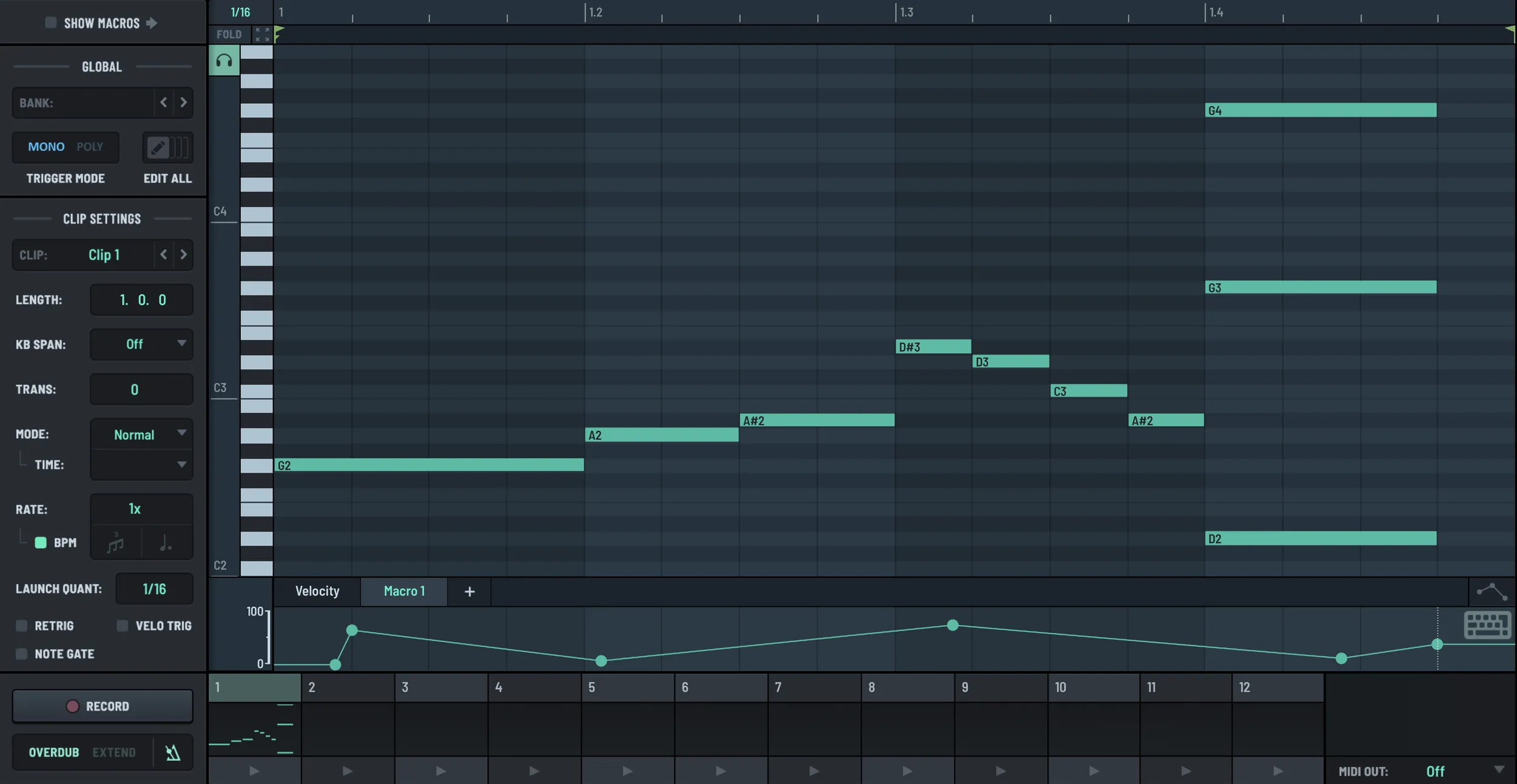Unlocking the Secrets of Your Aura: What It Reveals About You!
In recent years, the concept of auras has gained significant traction within wellness and spiritual communities. But what exactly is an aura, and what does it reveal about us? An aura is described as a subtle energy field surrounding a person, often thought to be related to their emotional and spiritual state. This article delves into the historical background, color meanings, and modern interpretations of auras, offering insights into how understanding one’s aura can lead to greater self-awareness.
The idea of auras is not a modern phenomenon; it dates back to ancient civilizations. In traditions such as Hinduism and Buddhism, auras are closely associated with chakras and spiritual energy. These cultures believed that the aura reflects an individual’s spiritual health, with each chakra corresponding to specific energies that can affect the aura’s appearance. This historical context sets the stage for a deeper understanding of how auras are perceived today.
Auras are often represented in various colors, each believed to signify different emotions, personality traits, and spiritual states. For example:
- Red: Passion, energy, and strength.
- Blue: Calmness, communication, and intuition.
- Yellow: Joy, intellect, and creativity.
- Green: Growth, healing, and balance.
These colors can shift based on a person’s emotional state, stress levels, and overall well-being. As such, one’s aura acts as a visual representation of their current mental and emotional health, often changing in response to daily experiences.
Aura reading is a practice where individuals claim to see or interpret the colors and shapes of auras. Practitioners suggest that this can provide valuable insights into a person’s emotional and physical health. Techniques to perceive auras vary, with methods including meditation, focusing on an individual against a plain background, or using peripheral vision. Many enthusiasts assert that with practice, anyone can learn to see auras, enhancing their understanding of themselves and others.
While many people believe in the existence of auras, the scientific perspective remains skeptical. Scientific evidence supporting the existence of auras is limited, and some researchers propose that what people perceive as auras may be related to psychological or neurological phenomena. Skeptics argue that the concept often falls into the realm of pseudoscience, lacking empirical evidence to support its claims.
Despite this skepticism, the modern popularity of aura readings and related practices continues to grow. Many wellness and spiritual communities have incorporated aura readings into holistic health practices, promoting the idea that understanding one’s aura can be a tool for personal growth. This perspective encourages individuals to become more aware of their emotions, strengths, and areas for improvement.
In addition to personal development, many find a sense of community and belonging in groups that focus on aura reading and energy work. These gatherings foster connections with like-minded individuals, offering a supportive environment for exploring spirituality and emotional well-being. As interest in auras expands, so too does the variety of practices aimed at cleansing and balancing them.
Practices such as meditation, energy healing, and spending time in nature are believed to help cleanse and balance auras, promoting better emotional and physical health. These techniques align closely with the belief that auras are linked to the body’s chakras, with each chakra corresponding to specific colors and energies that can affect the aura’s appearance. This interconnectedness highlights the importance of maintaining both emotional and spiritual health.
Another intriguing aspect of auras is the advent of technology aimed at capturing them visually. Aura photography, such as Kirlian photography, claims to capture auras, although the scientific validity of these images is debated. Proponents argue that these photographs provide a tangible representation of one’s energy field, while critics maintain that they lack empirical support.
In conclusion, whether one views auras as a spiritual phenomenon or a psychological construct, exploring the concept can lead to greater self-awareness and understanding of one’s emotional landscape. As interest in auras continues to rise, it serves as a reminder of the profound connection between our emotional states and the energies we project into the world. Understanding your aura may just unlock the secrets to a more fulfilling and balanced life, bridging the gap between ancient wisdom and modern wellness practices.






Leave a Comment